2015 is the year of the Philippine Air Force. Fighter jets for the West Philippine Sea defense and more air assets are to be delivered.
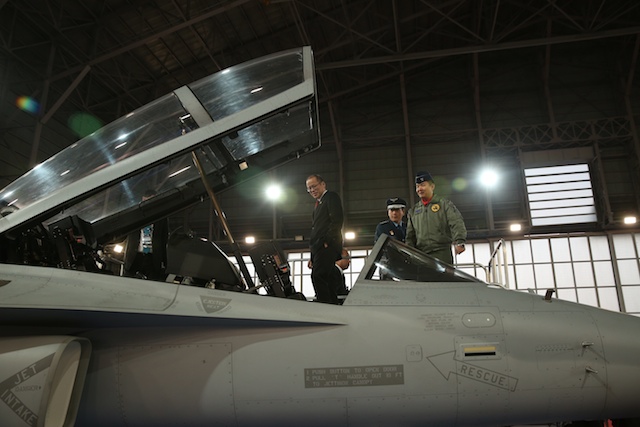
INSPECTION. President Benigno S. Aquino III tours the F-50 on Friday, December 12, 2014, before leaving
The Philippine defense department has been on a shopping spree in the past few years with its P90-billion (US$2 billion)* budget for military modernization in the wake of China's aggressiveness in the West Philippine Sea (South China Sea).
In 2015, the shopping bags are arriving.
It's going to be the year of the Philippine Air Force, which will see delivery of two of the much awaited FA-50 fighter jets that will bring the ill-equipped air force back to the supersonic age a decade since it retired the last of its US-designed F-5 fighters in 2005. (READ: PH Air Force a joke no more, gets fighter jets)
In his visit to South Korea middle of December, President Benigno Aquino III inspected a sample unit of the Lead-in Fighter Trainer (LIFT) that is also classified by many as a figher jet because of its minimum fighter capabilities. Its design is derived largely from the US F-16.

ADAS 2014: A model of the FA-50 at the Asian Defense and Security exhibit in Manila. Rappler photo
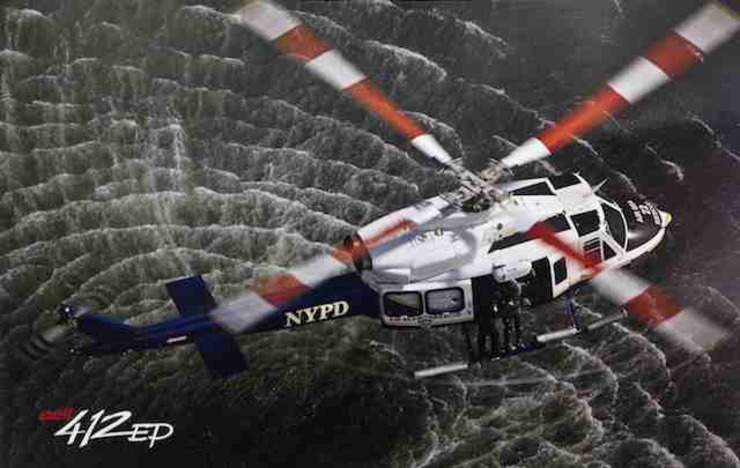
Bell 412 combat utility helicopters from Canadian Commercial Corporation
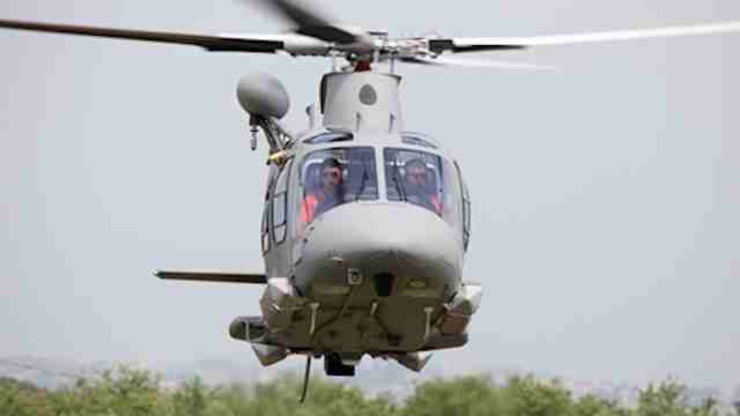
AW109 Power attack helicopters. Photo from AgustaWestland
Aquino said the FA-50 jets will primarily allow the Air Force to make faster trips to West Philippine Sea areas where reports need to be verified. The Air Force Nomads and the Navy Islanders take about 9 hours to make a round trip from the Palawan-based Western Command to any point in the disputed waters.
Delivery is expected in the 3rd quarter of 2015 after the manufacturer, the Korea Airspace Industries, committed to deliver them earlier than the December 2015 schedule. Air Force pilots are leaving for South Korea in March to train with the Korean Air Force on how to fly and maintain them.
Delivery of the 12 fighter jets will be completed by 2017.
More air assets, radars
It's not all. The Philippine Air Force is waiting for the delivery of 3 medium-lift and two light-lift aircraft.
Air Force spokesperson Lieutenant Colonel Enrico Canaya said they are the counterparts of the Fokker and Nomad planes, respectively, that will allow inter-island transport of cargo and personnel.
Eight Bell 412 combat utility helicopters from Canadian Commercial Corporation and 8 AW109 Power attack helicopters are also arriving for counter-insurgency campaigns and humanitarian assistance and disaster response operations, Canaya confirmed.
In the pipeline, but have no clear delivery schedules are two long-range patrol aircraft, 2 C-130 cargo planes from the US, and an Air Defense Surveillance System that will allow the country to detect, identify, any possible intrusions in its airspace.
The Philippine military has for decades focused on its army to respond to insurgencies and Muslim rebellions.
China's threat means it's time for the Air Force and the Navy to get the long delayed attention, while the Army is pressured to finally make these threats irrelevant.
"It is imperative for the AFP to develop its territorial defense capability. It is important that we adjust our defense structures and synchronize our systems and processes in order to shape an Armed Force capable of providing a credible defense posture," Armed Forces Chief General Gregorio Catapang said during the AFP's 79th anniversary celebration last week.
Catapang, who belongs to the Army, has said that the future AFP chief should come from the Air Force or Navy.
Navy: Frigates and submarines
The Philippine Navy's capabilities got a boost after acquiring two US coast guard ships – BRP Gregorio Del Pilar in 2011 and BRP Ramon Alcaraz in 2013. These 40-year-old hand-me-down ships are the Navy's most capable warships, tasked to patrol the West Philippine Sea in tandem with two brand new naval helicopters that arrived December 2013. (READ: State of PH Navy modernization" 'Golden days will return')
These warships have also become the training ground for Navy sailors before the arrival of the brand new and more sophisticated ships that will be delivered between 2016 and 2018.
"They (Del Pilar and Alcaraz) are new means for training and skill-building that will prepare them for the procurement of modern equipment. The shift from internal to external defense will be realized through these vessels," said Navy vice commander Rear Admiral Caesar Taccad.
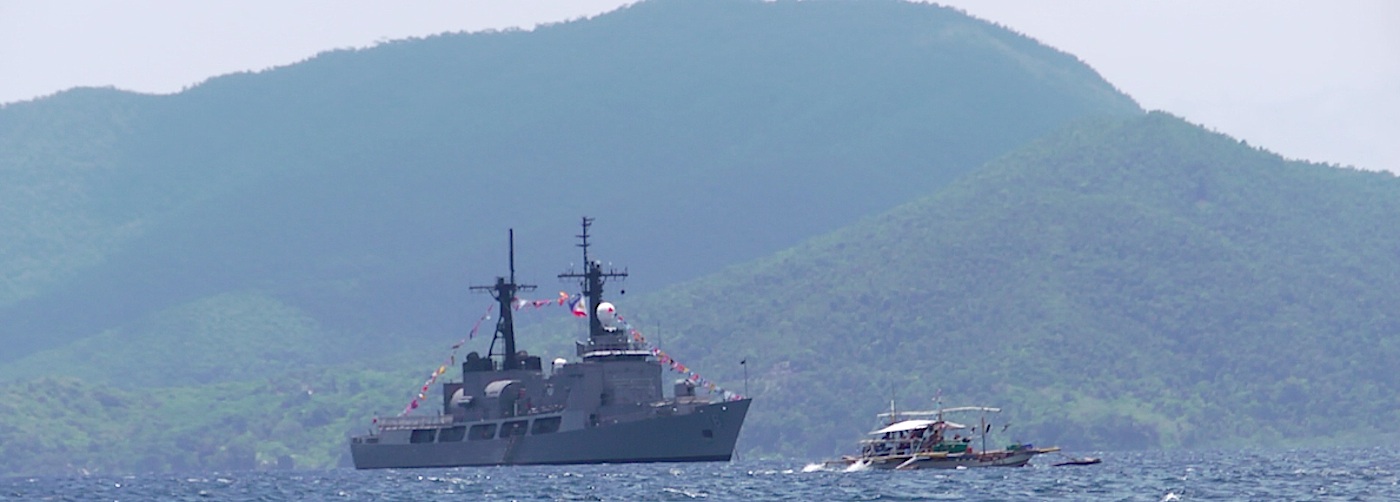
PATROLS. The BRP Gregorio Del Pilar photographed inside Ulugan Bay in Palawan, located at the mouth of the West Philippine Sea. Rappler photo
The Navy has a 3-step approach in handling tension in the West Philippine Sea: maritime situational awareness, maritime operations, and maritime cooperation.
The more sophisticated assets will seek to address this concern. At present, the Philippine military is largely only able to monitor what is happening in the disputed waters. The arrival of the new assets will improve maritime operations and deterrence capability.
The Navy's frigates project is the big-ticket item in the AFP modernization program other than the fighter jets. Two frigates are currently in the final stage of bidding and 6 makers are expected to participate in the last pre-bid conference on January 8.
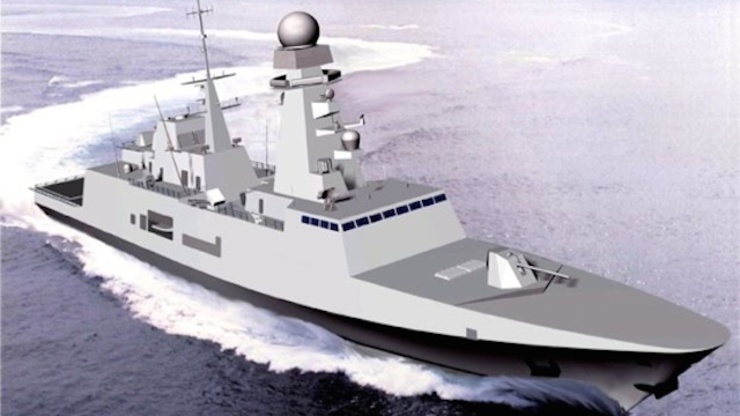
Illustration of the frigates
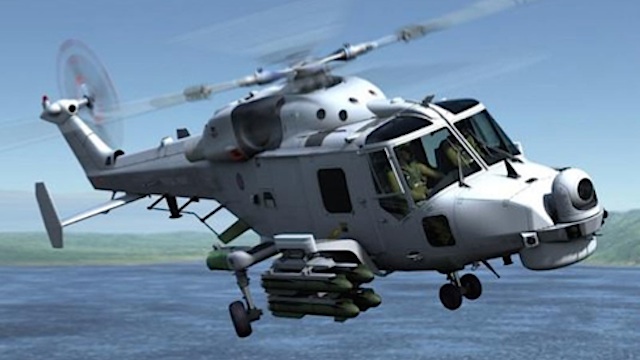
Illustration of the anti-submarine helicopter
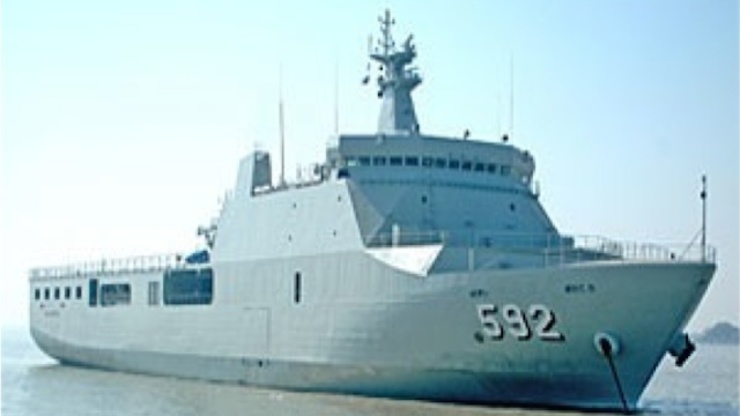
Illustration of the Strategic Sealift Vessel (SSV)
The frigates will look like Del Pilar and Alcaraz but its weapons will set it apart. It will have anti-air, anti-surface, anti-submarine, anti-electronic warfare capabilities.
The frigates will work in tandem with two anti-submarine helicopters, which will serve as force multipliers and can interdict subsurface operations. The Navy is aiming to sign contracts for the frigates and anti-submarine helicopters early 2015, while delivery for both are expected in 3 to 4 years.
Taccad said the goal is not to match capabilities of China and other neighbors. The new assets are meant to improve the country's deterrence capabilities by letting intruders know that the Philippines will be able to respond if necessary.
In the next decade, Taccad said the Navy wants to also acquire submarines to further improve its deterrence capability.
Finally, maritime cooperation refers to the alliances with foreign militaries including US which co-signed the Enhanced Defense Cooperation Agreement in April 2014. The Supreme Court decision on the constitutionality of the agreement is expected early 2015.
The other major Navy assets in the pipeline are the two strategic sealift vessels (SSV), the Missile capable fast military assault craft, and an amphibious landing vehicle for ship-to-shore movement.
The SSV will have two landing craft utility and ribcage. This vesel can be used for military and non-military operations like humanitarian assistance and disaster response. It can accommodate 500 troops and a hundred crew.
The Navy will also restore and enhance an old vessel, BRP Artemio Ricarte, and acquire several weapons.
Army: Counting on peace talks to succeed
While the Navy and the Air Force are focused on territorial defense, the Army is pressured to make internal threats irrelevant so the Armed Forces is not sidelined anymore by occasional eruption of deadly clashes in the countryside.
The strategy is a combination of peace talks and military operations. Troops have been issued brand new M4 Caliber 5.56mm to replace their old M-16 rifles. Next year, 28 armored vehicles are also arriving.
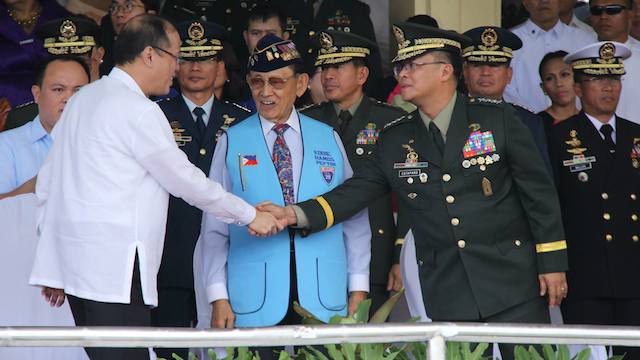
AFP ANNIVERSARY: President Benigno Aquino III and former President Fidel Ramos join the AFP top brass during the AFP's 79th anniversary celebration. Malacañang photo
The government is confident that peace talks with the Moro
Islamic Liberation Front (MILF) will be completed and bring an end to violence
in Mindanao .
A new hope for peace talks with the National Democratic Front (NDF) also emerged which, at the very least, can reduce violent attacks from the New People's Army (NPA). In a gesture of good faith, the NPA committed to release soon 8 soldiers and cops they earlier declared as Prisoners of War.
The Philippine military has also launched law enforcement operations against the Abu Sayyaf in Sulu and Basilan, where their membership largely come from, to secure the release of several hostages.
The Army is also realizing its role during disasters. Catapang said this should be the focus of the Army once the threat groups are addressed.
Many of the assets acquired by the Air Force and the Navy are also suitable for HADR operations including the medium and light lift aircraft and the SSV.
Three horizons of modernization
The P90-billion modernization program is the "first horizon," a new buzzword in the military, as it eyes the second phase of modernization.
Taccad said discussions for the second horizon have started. "The events in the West Philippine Sea did give some urgency to the acquisition of these assets. It has always been urgent to us but the because of the events, it became urgent to the Filipinos and to the country," said Taccad.
But Aquino is stepping down in 2016. What happens to the second horizon and the third will depend on his successor.

No comments:
Post a Comment
Note: Only a member of this blog may post a comment.